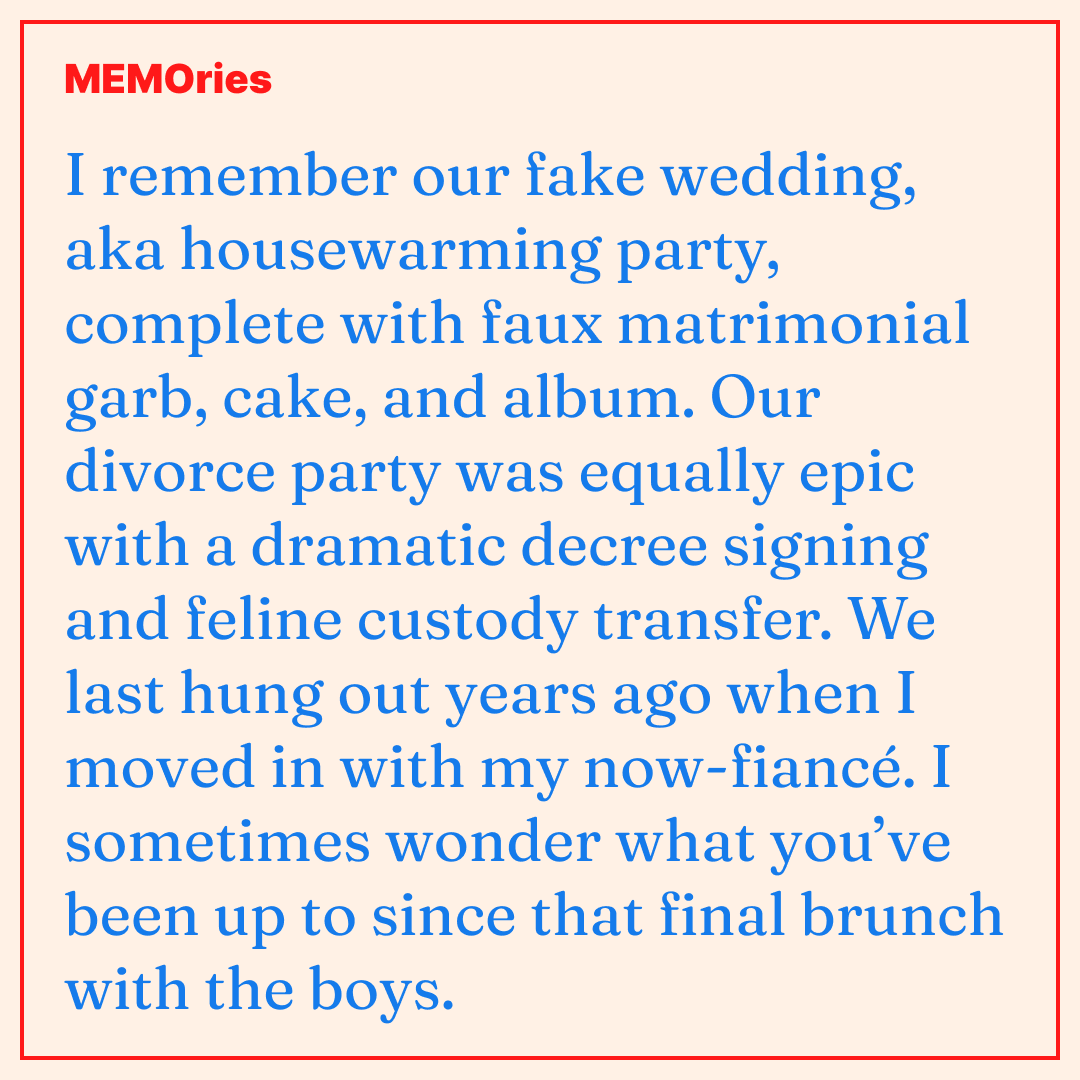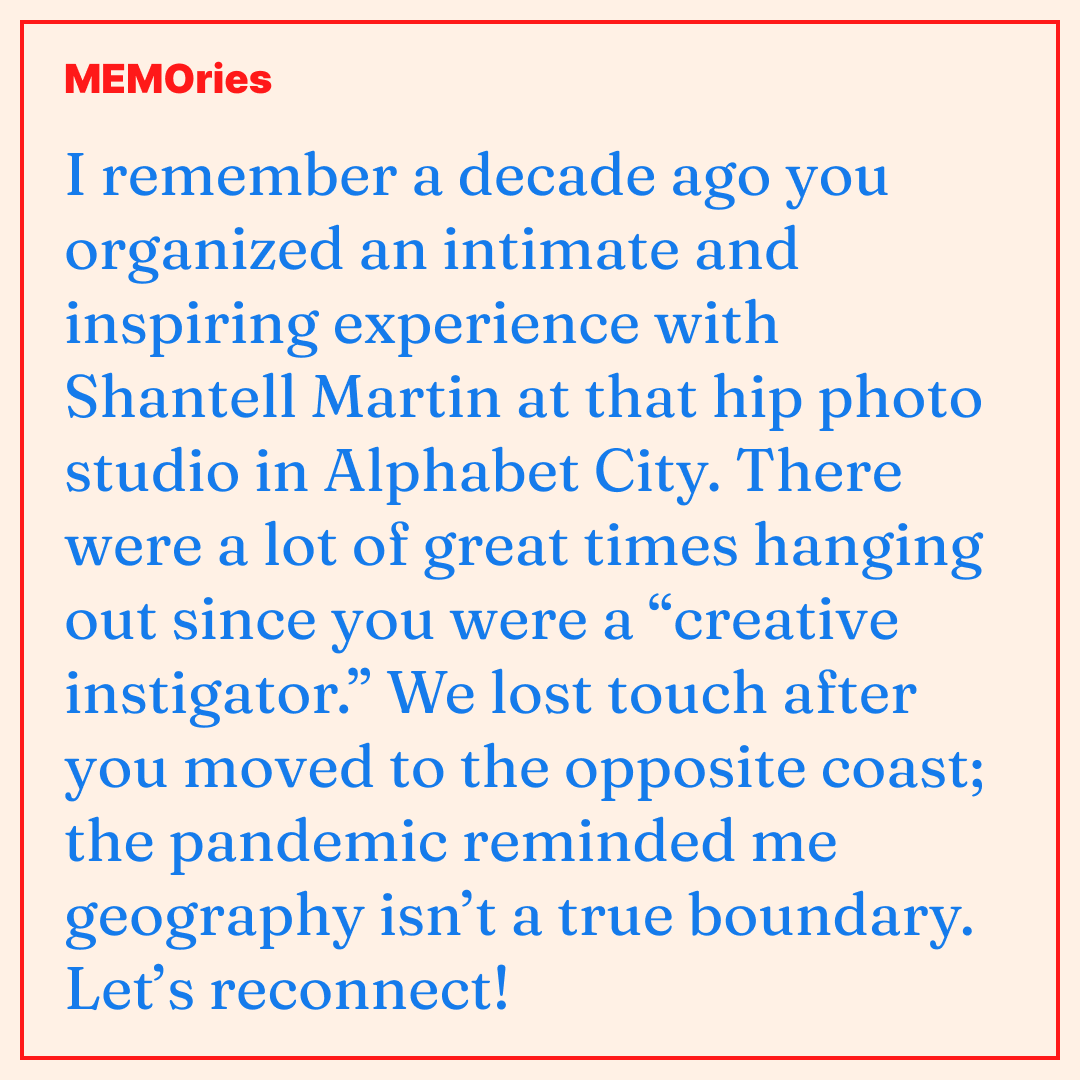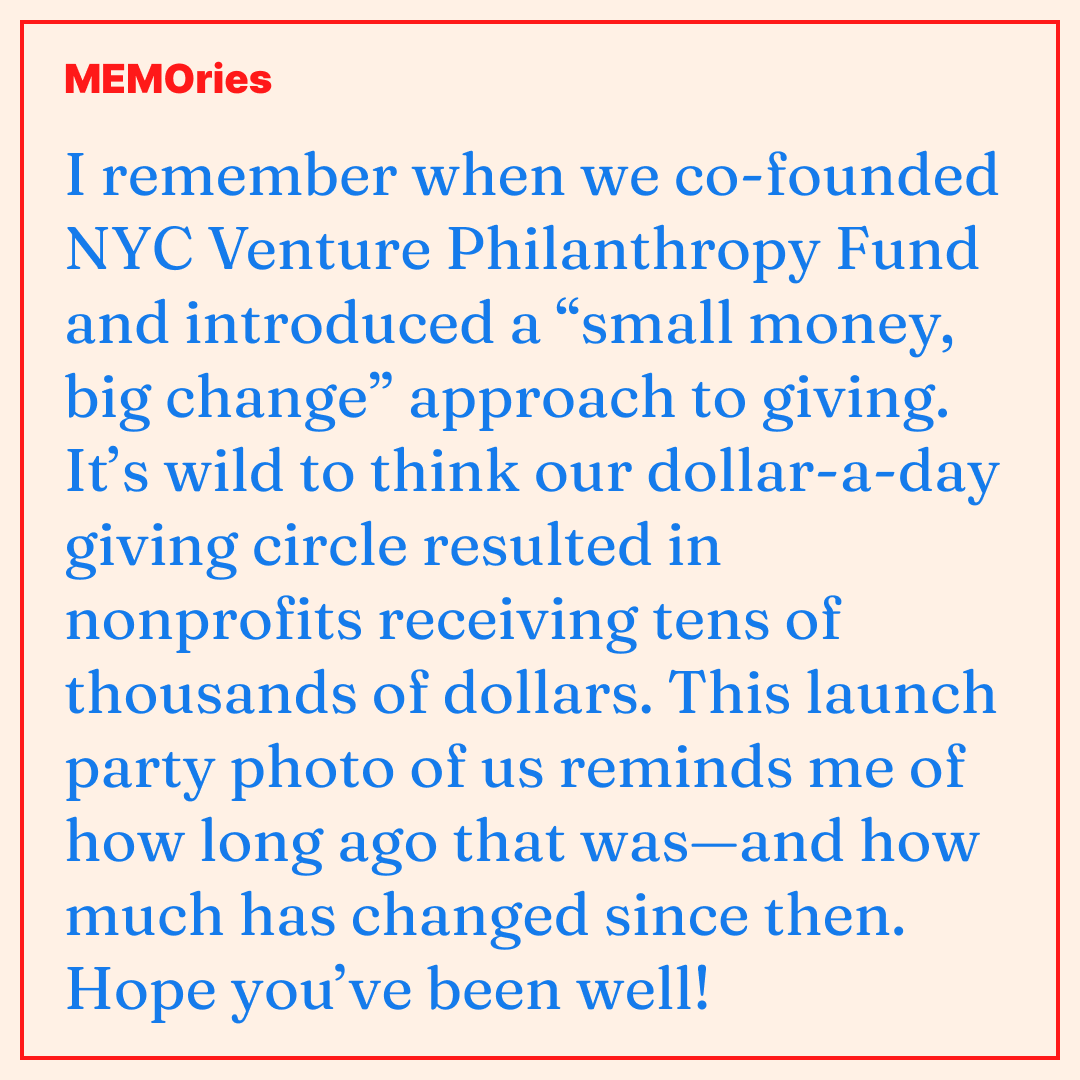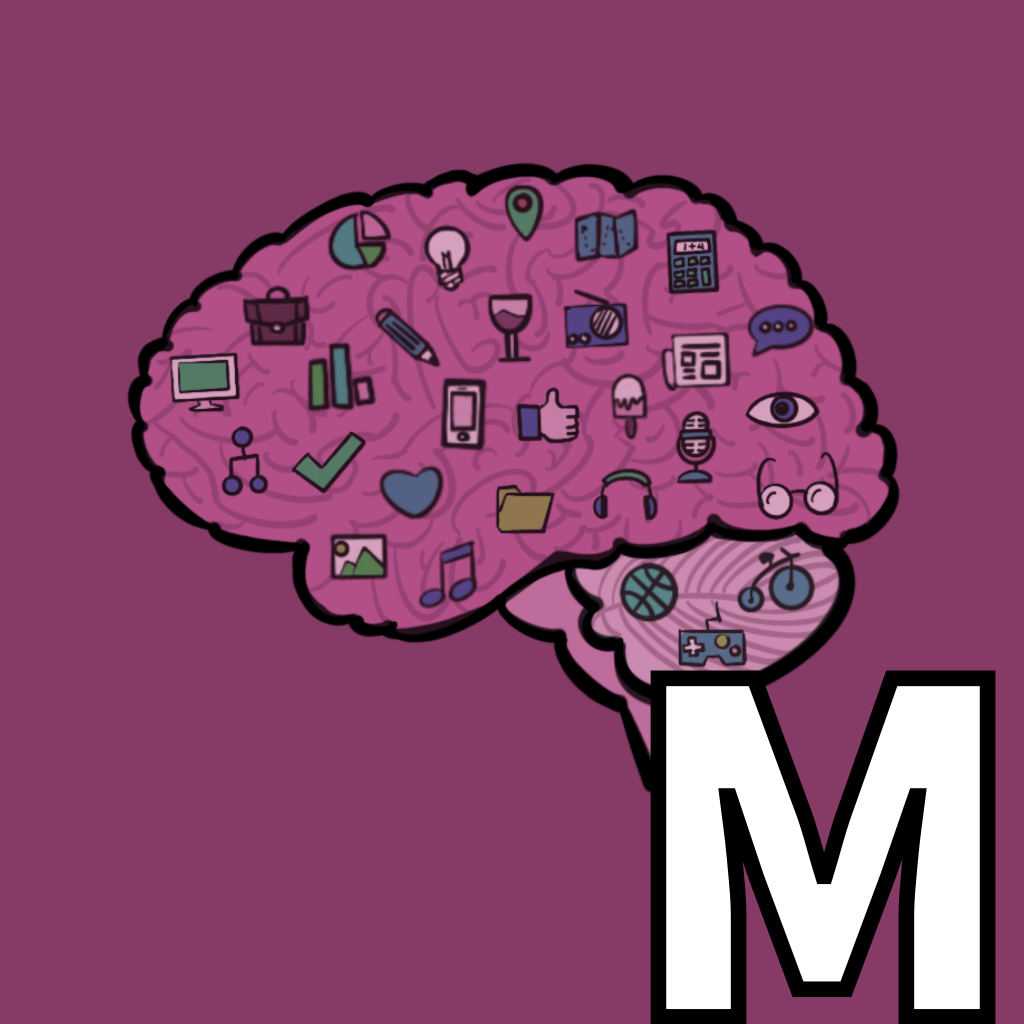ILLUSTRATION
Many magnificent and meaningful M-words made my menu of maybe-mots. Once I chose memory, I decided on imagery that would communicate the various types of memories that can be formed within and across different brain regions.
INSPIRATION
So many great words start with M: meaning, moment, movement, motion, mesmerize, myth, make, muse, moot, moat, monster, momentum, maze, mayhem, myriad, map, mix, matter, mentor, mount, more, morale, minor/major, mark, meta, micro/macro, mend, mask, mankind, machine, mind, malleable…
The word memory immediately brought a number of associations to mind. I was reminded of my freshman cognitive neuroscience class and what I’ve continued to learn because the brain is so fascinating. I remembered a trip to the EJI’s Legacy Museum and its National Memorial for Peace and Justice, where I reflected on how memory can be a powerful force for society to devolve or evolve. I’ve applied my knowledge of memory function to designing learning experiences at work. I recently celebrated friends’ birthdays and colleagues’ farewells, evoking memories and emotions. I wondered at how a COVID loss of smell might impact memory when tasting a familiar dish.
The strongest memories are tied to emotions, places, and stories. They’re also the ones where our attention and senses have been fully engaged, often in new ways. It can be easy to take memory for granted so I was excited to take on a project around this topic.
CREATION
For this project, I considered strengthening my memory through techniques like memory palaces that I typically don’t use. I didn’t find that compelling enough. Recipes, mixtapes, scrapbooks, obituaries…many more ideas didn’t capture my interest either.
I’ve been using LinkedIn more as we hire a service designer and as program participants notify me when they get jobs. I noticed I have 1,300+ connections and was curious about who they are. Who would I remember? How? Why?
As someone not super engaged on social media (especially LinkedIn!) and terrible at keeping in touch, I was inspired to do a project around MEMOries, or notes to reconnect through memories.
I downloaded my LinkedIn contacts, hid current colleagues or connections made within the past year, and began going through the list. At first, I thought I’d skim and pull out people who sparked strong memories; instead I pushed myself to go through them all. As I did, people fell into these categories:
- Close friends I’m consistently in touch with
- Friends I’ve fallen out of touch with and would want to reconnect with
- Old friends or lovers where I felt comfortable leaving those connections in the past
- Colleagues I enjoyed being around then and would grab a coffee with now
- Colleagues who didn’t leave an impression or left a negative one
- Individuals I wasn’t close with but I appreciated the impact they’d had on New York’s culture
- People I’d met through events or hackathons and had a few email exchanges with
- A handful of random connections where I wasn’t sure how I’d accidentally accepted their LinkedIn invite
- A few people who passed away but their LinkedIn was active
Reviewing the spreadsheet, I traveled back in time through past professional lives: product/UX design at an edtech startup, business development and influencer marketing within the tech industry, local nonprofit leadership, project management on global brand campaigns, development and alumni relations at my alma mater, work-study community gigs, and even bartending.
Going through my contacts brought back emotions—joy, comfort, sadness, shame… Most people brought a smile to my face as I thought about catching up. I didn’t have the best relationship with some people and wasn’t sure I’d want to change that. For others, I wanted to show gratitude for having an impact on my life.
With some friends and former coworkers, I pictured the last time we hung out in detail whereas with others my gut knew if I liked them but my mind didn’t know the details. We often forget what people say or do but we tend to remember how they make us feel. I was surprised by the large number of people I would definitely or potentially want to send MEMOries to so this project will become an ongoing practice. These are a few examples:



REFLECTION
The networked aspect of memories made me think about the power of networks. Many say the value of college is the network. When I think about undergrad, I recognize how woefully unprepared I was to connect with my Ivy League peers. In contrast, I used high school extracurricular activities to distract myself from what was going on at home. Once I was more than 2,000 miles away from home, I no longer needed that coping mechanism and could just be, even if that was with just a few college friends. Even among friends, I don’t think I had a full awareness of who I was and how to emotionally connect through that. I’m excited by the growing number of learning cohorts and communities that now exist outside of universities to make up for prior friendship and collaboration gaps.
CONNECTION(S)
For curated links and other content I couldn't fit into this post, subscribe to the email newsletter.
